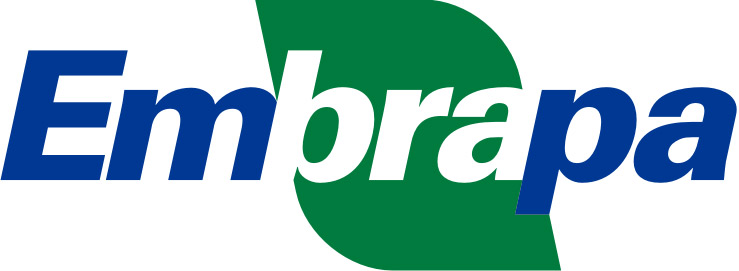Por favor, use este identificador para citar o enlazar este ítem:
http://www.alice.cnptia.embrapa.br/alice/handle/doc/1135620| Título: | Detection of carcinogenic by-products in effluents produced by biodigester septic using of array sensor and nanostructured polymers: Evaluation and characterization. |
| Autor: | CARVALHO, E. R.  SILVA, W. T. L. da   |
| Afiliación: | WILSON TADEU LOPES DA SILVA, CNPDIA. |
| Año: | 2021 |
| Referencia: | Journal of Water and Environmental Nanotechnology, v. 6, n. 3, 2021. |
| Páginas: | 277-293 |
| Descripción: | A sensory system was manufactured and tested to detect carcinogenic organochlorines, such as trihalomethanes (THM), in effluents produced by a biodigester septic tank. Gold-coated interdigitated microelectrodes were coated with various nanostructured conducting polymers, single or mixed, under different conditions and configurations. Polymer films were assembled by the self-assembly technique and their impedance was analyzed in a frequency range from 1 Hz to 1 MHz. The results of the sensory system, analyzed by the PCA Main Component Analysis, allowed us to identify the discrimination of the different samples tested. Good discrimination between sensors was also observed, when PCA’s were obtained, in contamination experiments with standard solutions of total trihalomethanes (TTHM), obtaining a total variance (PC1 = 98.02%; PC2 = 1.98%) of the observations. The sensory system based on global selectivity using an interdigitated electrode and nanostructured conducting polymers allowed the statistical discrimination of samples. The future expectation is to update the system and implement monitoring of nanostructured sensors based on the reuse of domestic effluents, mainly for agricultural applications or for other purposes, in a sustainable way. |
| Palabras clave: | Sewerage Sensorial system Trihalomethanes |
| Tipo de Material: | Artigo de periódico |
| Acceso: | openAccess |
| Aparece en las colecciones: | Artigo em periódico indexado (CNPDIA)  |
Ficheros en este ítem:
| Fichero | Descripción | Tamaño | Formato | |
|---|---|---|---|---|
| P-Detection-of-Carcinogenic-By-Products-in-Effluents-Produced-by.pdf | 2.34 MB | Adobe PDF |  Visualizar/Abrir |









